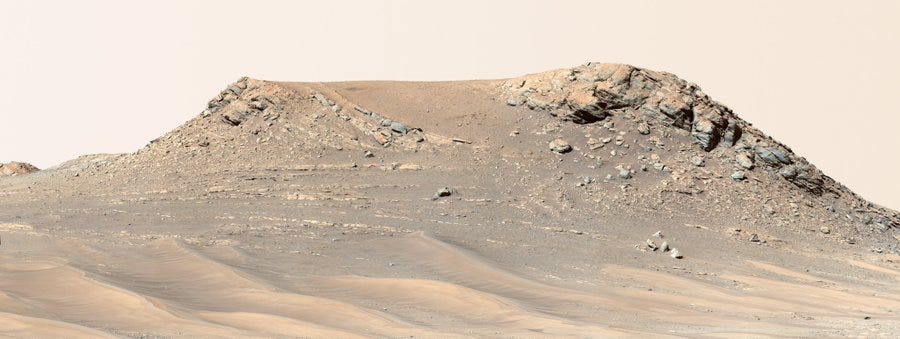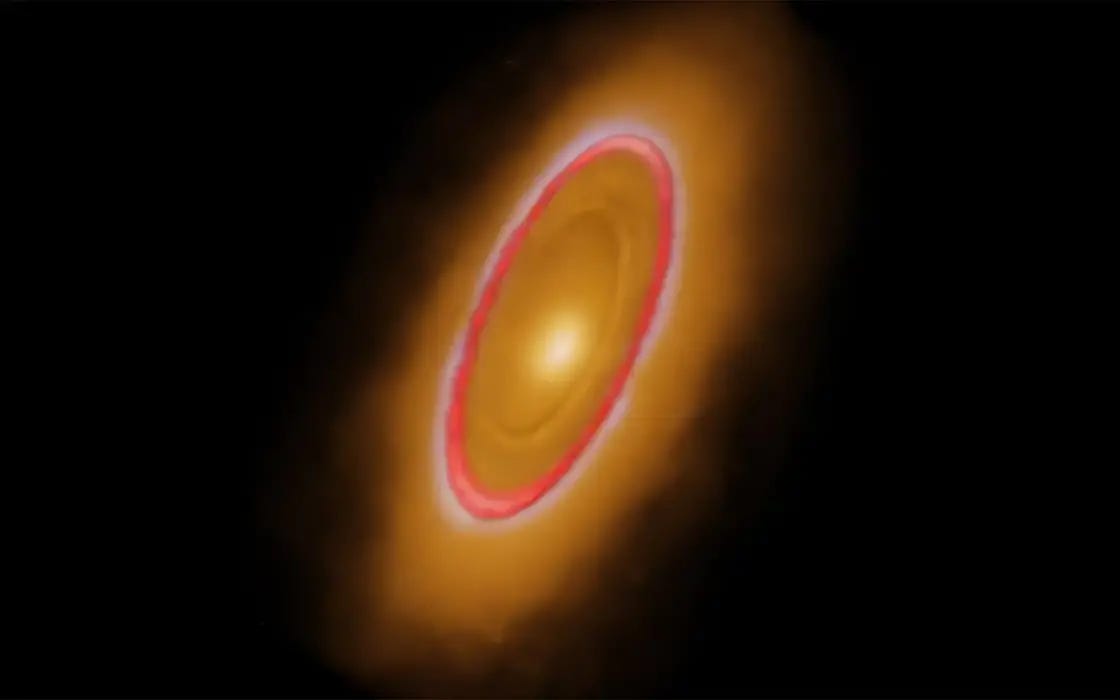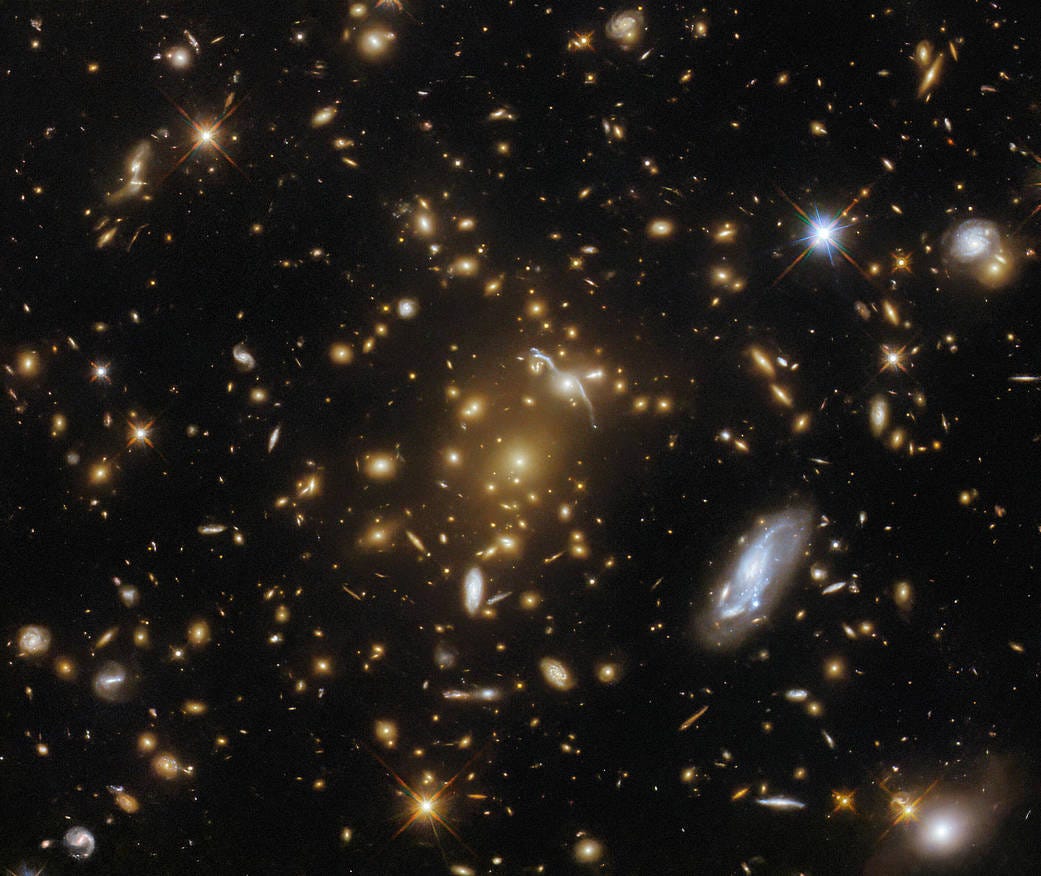Weekly - Hubble captures light-bending galaxy cluster and more
Weekly Space News - Quick and Easy
Perseverance finds martian rivers were not like we imagined
Last week scientists pieced together hundreds of images taken by NASA’s Perseverance rover on Mars to find that the ancient Martian rivers were not like previously imagined. The rover found large sedimentary layers which could only have formed by a large, fast-moving river. This new finding shows that Martian rivers were far more deeper and fast-moving than we thought.
Webb finds rings of dust around recently discovered Star
Last week the Webb Space Telescope captured a remarkable image of the recently discovered star Fomalhaut, located 25 lightyears away. This new image unveiled three expansive rings of dust encircling the star. These rings extend to an astonishing distance of about 14 billion miles away from the star. The complex structure of these dust rings will help us better understand the formation of planetary systems.
Hubble captures light-bending galaxy cluster
Last week NASA’s Hubble space telescope captured an image of the galaxy cluster called eMACS J1823.1+7822 located 9 billion light years away from the Earth. The galaxy cluster is one of the largest clusters evert discovered. Its gravity is so strong that it bends light coming from other galaxies and causes a distorted effect.




